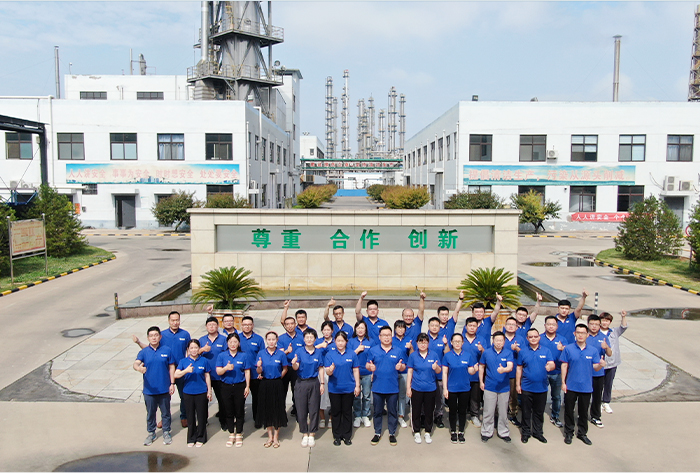Optimizing Efficiency in Automated Feeding Systems for Enhanced Production Output
Ago . 21, 2024 21:59 Back to list
Optimizing Efficiency in Automated Feeding Systems for Enhanced Production Output
The Evolution and Benefits of Automatic Feeding Lines in Modern Agriculture
Agriculture is an essential sector that has continuously evolved, leveraging technology to improve efficiency and productivity. One notable advancement is the automatic feeding line, a system designed to streamline the feeding process in various agricultural settings, particularly in livestock farming. This innovation not only enhances productivity but also ensures the health and well-being of animals, making it a vital component of contemporary farming practices.
Automatic feeding lines have revolutionized how farmers manage feeding operations. Traditionally, feeding livestock required significant labor, often involving manual transportation of feed to different pens and stalls. This process was not only time-consuming but also prone to inconsistencies in feed quantity and quality. Automatic feeding systems address these challenges by providing a consistent and precise method for delivering feed. They utilize a network of conveyors, hoppers, and dispensers that can be programmed to deliver specific amounts of feed at designated times, ensuring that animals receive adequate nutrition without the need for constant human intervention.
One of the primary benefits of automatic feeding lines is the labor savings they offer. By automating the feeding process, farmers can reallocate their workforce to other critical areas of the operation, such as monitoring animal health or enhancing biosecurity measures. This efficiency is particularly crucial in larger farms, where the sheer number of animals can make manual feeding impractical and overly burdensome. Additionally, by reducing the reliance on human labor for routine tasks, farmers can mitigate issues related to labor shortages, which have become increasingly common in modern agriculture.
automatic feeding line

Moreover, automatic feeding lines contribute to improved feed management. By utilizing technology to monitor feed intake, farmers can analyze consumption patterns and make informed decisions about nutrition. This data-driven approach allows for more customized feeding strategies, ensuring that animals receive the appropriate diets for their specific needs. Such tailored nutrition not only promotes better growth rates and overall health but also minimizes waste, as feed is used more efficiently.
In addition to enhancing efficiency and health management, automatic feeding lines can also improve animal welfare. Automated systems reduce stress on animals, as they are reliably fed at regular intervals. This predictability can lead to calmer behavior and a more stable social structure within the herd or flock. Moreover, the precision in feeding minimizes competition for feed, which can be a source of conflict among livestock.
Sustainability is another crucial aspect where automatic feeding lines can make a significant impact. By optimizing feed use and reducing waste, these systems contribute to more sustainable farming practices. Farmers can lower their environmental footprint through efficient resource management and reduce the overall cost of production. This is increasingly important as the agricultural sector faces pressures to become more sustainable in the face of climate change and resource depletion.
In conclusion, automatic feeding lines represent a significant technological advancement in the agricultural sector, particularly in livestock farming. By enhancing efficiency, improving animal welfare, and promoting sustainable practices, these systems are essential in meeting the demands of modern agriculture. As the industry continues to innovate and adapt to new challenges, automatic feeding technology will undoubtedly play a pivotal role in shaping the future of farming. Embracing such innovations is not just beneficial for farmers but also crucial for ensuring a sustainable and secure food supply for future generations.
-
High Performance Exhaust Fan – Efficient Ventilation Solutions for Home
NewsJun.10,2025
-
High-Quality Gestation Pen for Sows Durable Mobile Pig Pen & Simple Pig Pen Solutions
NewsJun.10,2025
-
High Quality Rabbit Cage Double Tier Designs & Welded Wire Mesh Supplier
NewsJun.10,2025
-
Floating Fish Feed Machine - High Efficiency Floating Fish Feed Extruder for Small Scale Production
NewsJun.10,2025
-
Premium Poultry Housing Solutions Mobile & Commercial Free Range Options
NewsJun.10,2025
-
Industrial FRP Fans Corrosion-Resistant Blades & Centrifugal Systems
NewsJun.09,2025






